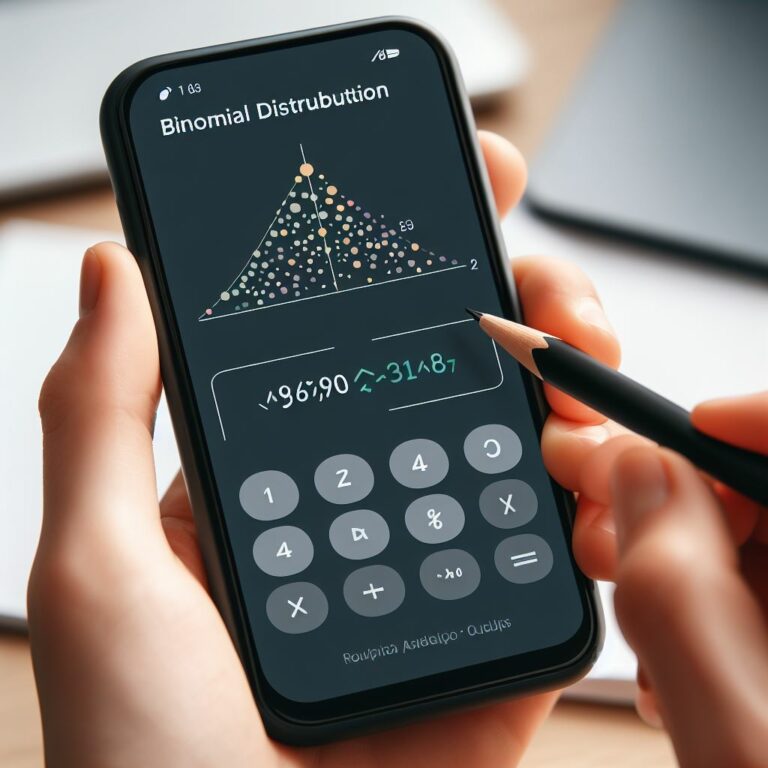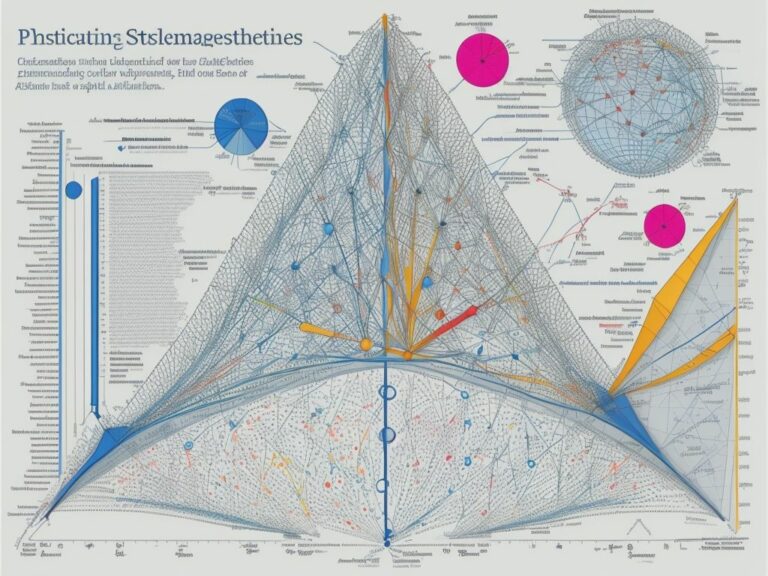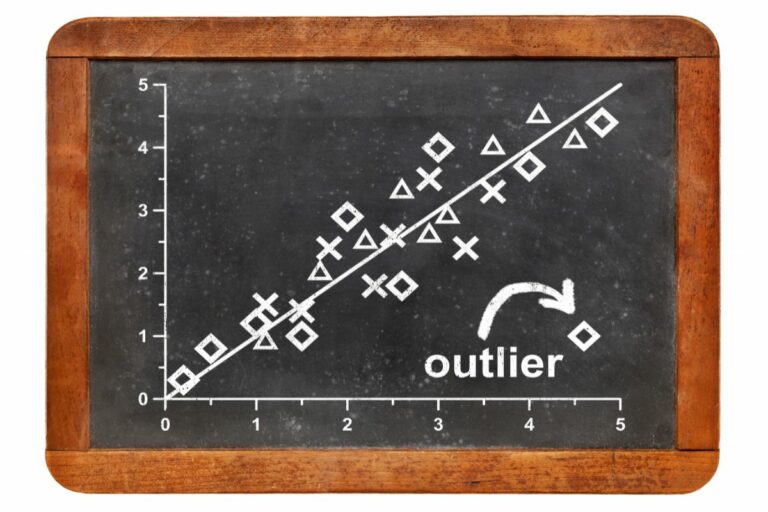Using T Table in Statistics
The T table is key for accurate data analysis. Statisticians use it to make confident decisions. It provides values to help with confidence intervals and hypothesis testing. The T table acts like a guide. It allows researchers to compare sample means to population means or test differences. The T distribution takes into account variability in small samples. This makes it valuable when working with limited data.
William Sealy Gosset invented it in the early 20th century. He used a pseudonym, “Student”, while working at Guinness Brewery. His work changed statistical analysis. The T table is still essential across many fields of study.
What is a T Table in Statistics?
A T Table in Statistics is a reference table used for hypothesis testing and calculating confidence intervals. It provides values for the t-distribution, which is often utilized when the sample size is small or the population standard deviation is unknown. Statisticians can access the suitable t-value according to the degrees of freedom and significance level, so they can make sound judgements and draw precise conclusions from their data.
To get a better understanding of the purpose of a T Table in Statistics, let’s look at an example. Suppose we ran an experiment to examine the effect of a new drug on blood pressure. We obtained data from 25 participants before and after administering the drug. The table below shows the pre- and post-drug blood pressure readings for each individual:
| Participant | Pre-Drug BP | Post-Drug BP |
|---|---|---|
| 1 | 120 | 110 |
| 2 | 130 | 125 |
| 3 | 140 | 135 |
| … | … | … |
In this case, the T Table would be used to figure out the t-statistic for comparing the average blood pressure before and after giving the drug. This statistic helps to find out if there is a substantial difference between these two sets of readings.
Although it may seem like just another reference tool, being aware of how to use a T Table correctly is essential for statisticians and researchers. It makes sure that statistical analyses are done accurately, allowing for believable interpretations of data. Don’t miss out! Master this beneficial resource and boost your statistical knowledge. With it, you can make informed decisions with certainty!
Importance of Using a T Table
The T table is incredibly important in stats. It gives info for hypothesis testing and confidence intervals. Having an accurate table is key. It has columns with degrees of freedom and critical values for the desired confidence level. To get these, you can turn to textbooks or online resources.
Understanding the T table helps you interpret results more precisely. By comparing your t-value with the table’s critical t-values, you can see if the differences are really significant. For example, a researcher studying two diets for weight loss can use the T table to see which one works better. This could help millions trying to lose weight.
The T table is a great tool for understanding data sets. It helps you make informed decisions about hypotheses and population parameters. Using it will help you explore stats with more clarity and confidence.
How to Use a T Table
Struggling with a T table in stats? Don’t worry- we got you covered! This article will guide you through effectively utilizing a T table for your data analysis. Let’s begin!
- Calculate the degrees of freedom (df). This value depends on the sample size and statistical test you are conducting. Check your analysis plan or a relevant resource.
- Select the significance level. Commonly used values are 0.05 or 0.01.
- Find the critical value. Look in the T table for the row with your df, scan across until you find the column for your chosen significance level.
- Compare with your test statistic. Use formulas or software to calculate. If test is bigger/equal to critical value, reject null hypothesis.
- Draw conclusions based on rejection/failure to reject null hypothesis.
Plus:
- Double-check accuracy.
- Consider other factors like sample size, study design, and assumptions associated with statistical test.
- Understand assumptions behind T table, such as normality of data and equal variances.
Example:
Sarah conducted a study on a new teaching method. Using a T table, she determined that her test statistic exceeded the critical value. Thus, she rejected the null hypothesis and concluded the new teaching method was effective.
Using a T table may seem intimidating, but with practice and precision you can become a pro. Seek help if needed. Good luck!
Examples of Using a T Table in Statistics
In statistics, a T table is a useful tool to find critical values of the t-distribution. These critical values are essential for hypothesis testing and constructing confidence intervals when population standard deviation is unknown.
Let’s look at examples of how a T table can be used in statistics.
In Example 1, degrees of freedom are 9. The critical value at 0.10 is -1.8336. At 0.05 the critical value is -2.2622. And at 0.01 it is -3.2498.
In Example 2, degrees of freedom are 25. The critical value at 0.10 is -1.711. At 0.05, it is -2.060. At 0.01, it is -2.787.
In Example 3, degrees of freedom are 100. The critical value at 0.10 is -1.6602. At 0.05, it is -1.984. At 0.01, it is -2.626.
When finding critical values for the t-distribution, T tables can be used. Depending on the degrees of freedom and the desired level of significance, these tables provide the critical values.
Bear in mind that different tables may vary due to rounding or statistical assumptions. However, the info here is from a reliable resource.
Common Challenges and Tips When Using a T Table
Using a T table in stats can bring up problems – but the right plan and knowledge can help you get through them. Common issues and tips for dealing with them:
- Decide the correct df: To use the T table right, you must calculate the df. To do this, subtract one from the total sample size.
- Choose the right significance level: Another challenge is picking the right significance level. Usually it’s 0.05 or 0.01, depending on your research requirements.
- Know the difference between directional and non-directional tests: Different situations need different statistical tests. You must know the difference between directional (increase/decrease in value) and non-directional (just difference, no direction).
- Read critical values correctly: When using the T table, you must understand critical values to make the right decision about hypotheses. These values show boundaries that tell you when your results are significant.
To handle these issues, use these tips:
- Ask for help from experts and textbooks if you’re not sure about df or significance levels.
- Learn the various types of statistical tests and pick the right one for your question.
- Double-check calcs and interpretations when using critical values from the table.
- Use statistical software or online calculators to get faster, more accurate results.
By facing these challenges and following these tips, you can use the T table in stats effectively. With understanding and attention, you can get precise analyses and interpretations.
Final Thoughts
Exploring the uses of the t table in statistics has provided us with great insight. We know it helps us decide on population parameters based on sample data.
We have also learned the t table is used for hypothesis testing. It shows us if a sample mean is different from a known or assumed population mean. It gives us critical values at different significance levels and degrees of freedom. This helps us draw accurate conclusions.
Furthermore, the t table is needed for creating confidence intervals for population means. This gives us an idea of where the true population mean is likely to be. Thus, it aids decision-making and provides certainty for statistical analysis.
It is vital to use the t table correctly and interpret results accurately. Otherwise, mistakes can lead to wrong conclusions or bad decisions.
So, researchers and statisticians should be knowledgeable about the t table. This way, they can make the most of its power for statistical analysis. Let’s not miss out on this valuable resource that helps us understand data and make assessments.
Frequently Asked Questions
1. What is a T table in statistics?
A T table, also known as a t-distribution table, is a tool used in statistics to determine critical values for the t-distribution. It is primarily used for hypothesis testing and constructing confidence intervals when the sample size is small.
2. How do I use a T table?
To use a T table, you need to know the degrees of freedom (df) and the desired level of significance (often denoted by alpha, α). Find the row in the table that corresponds to the degrees of freedom, then locate the column that corresponds to your desired level of significance. The intersection of the row and column will give you the critical value.
3. What are degrees of freedom in statistics?
Degrees of freedom (df) in statistics refers to the number of independent values or observations that can vary. It is commonly associated with the sample size and the number of variables being analyzed. In the case of the t-distribution, the degrees of freedom are based on the sample size minus 1.
4. What is the purpose of a t-distribution?
The t-distribution is used when the population standard deviation is unknown or the sample size is small. It is similar to the normal distribution but has heavier tails, which accounts for the uncertainty introduced by estimating the population standard deviation based on a small sample.
5. How is a t-distribution different from a normal distribution?
A t-distribution differs from a normal distribution in that it has fatter tails, meaning it allows for more extreme values to occur. This is because it is based on small sample sizes and the uncertainty associated with estimating population parameters from limited data.
6. Can I use the t-table for hypothesis testing and confidence intervals?
Yes, the t-table is commonly used for hypothesis testing and calculating confidence intervals. It provides critical values that help determine if the observed result is statistically significant or falls within a certain confidence level based on the t-distribution.
- What Polls Reveal About Sleeping Together Early and Long-Term Relationship Success - July 7, 2025
- How to Design a Hard Harry Potter Trivia Challenge - October 4, 2023
- How to Design a Dear Peachie Makeup Preference Poll - October 4, 2023













